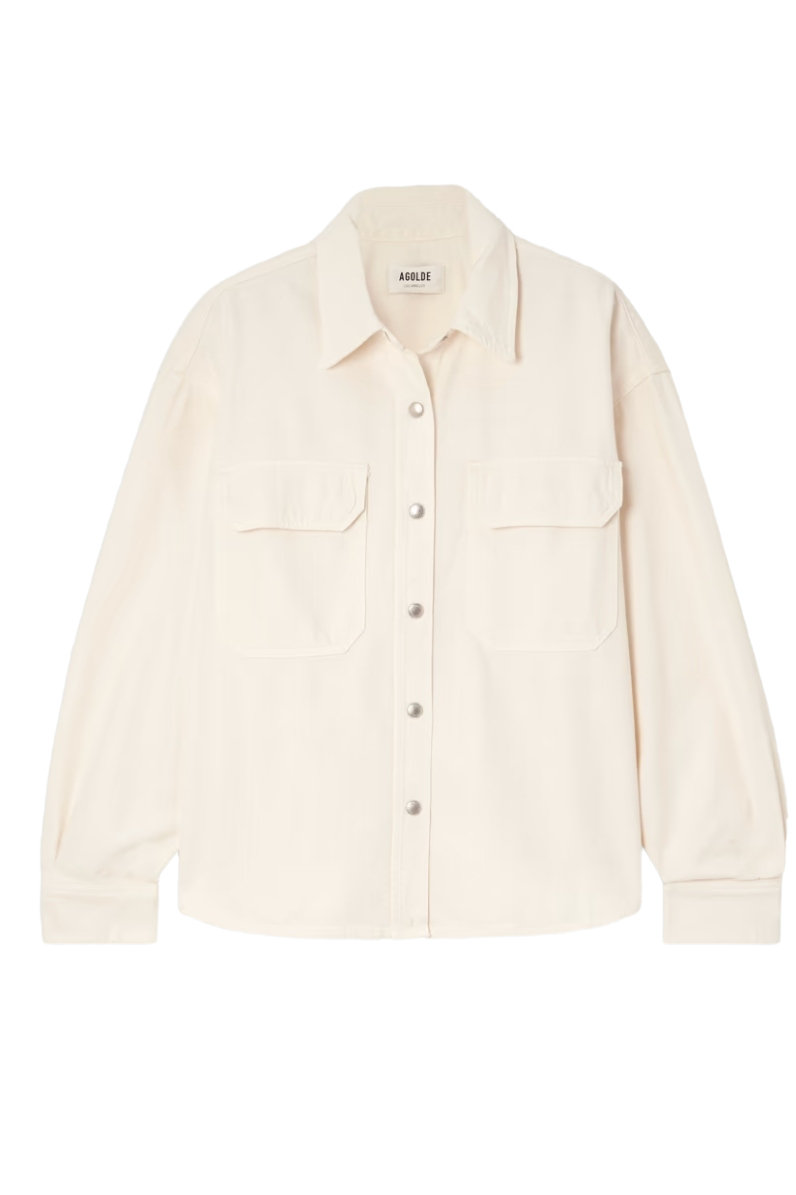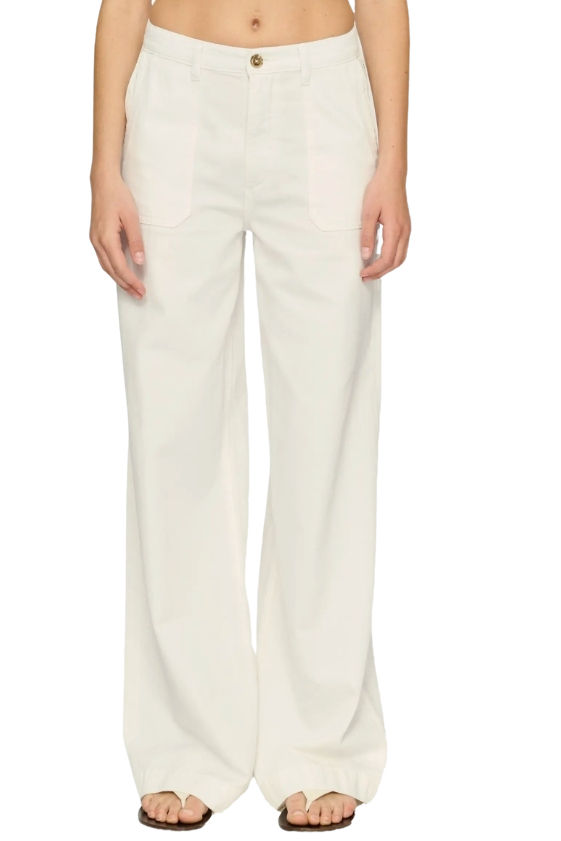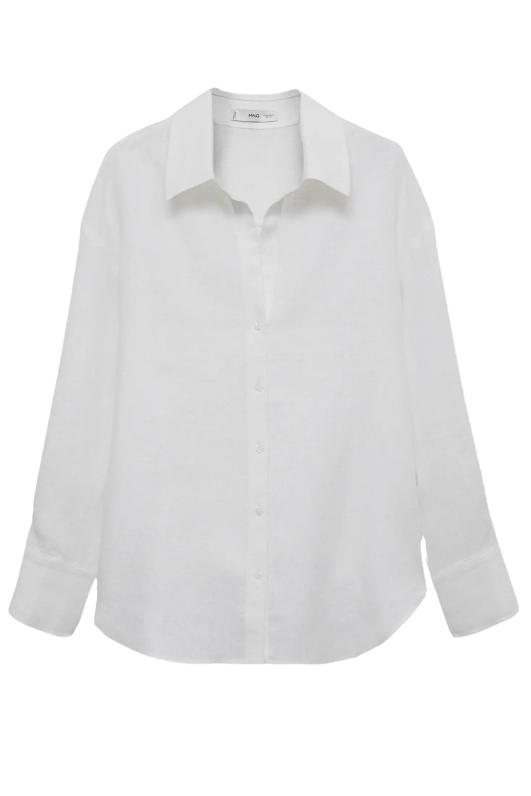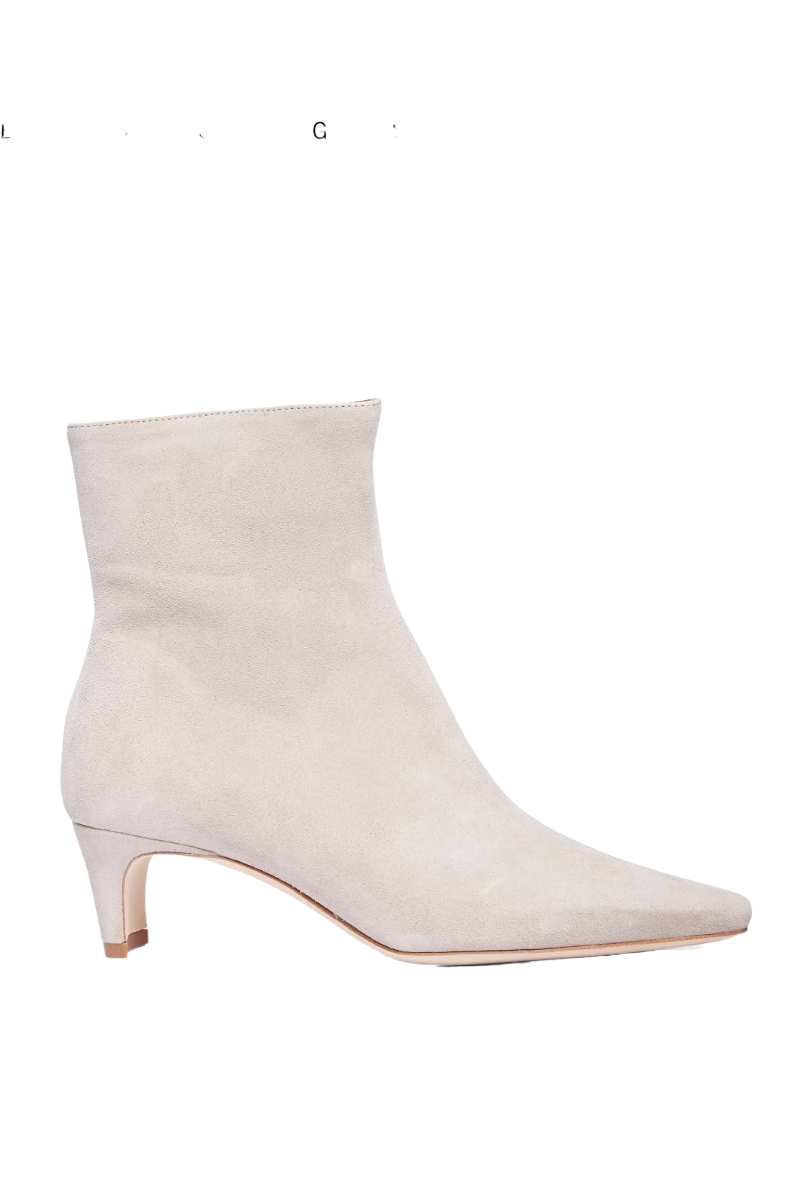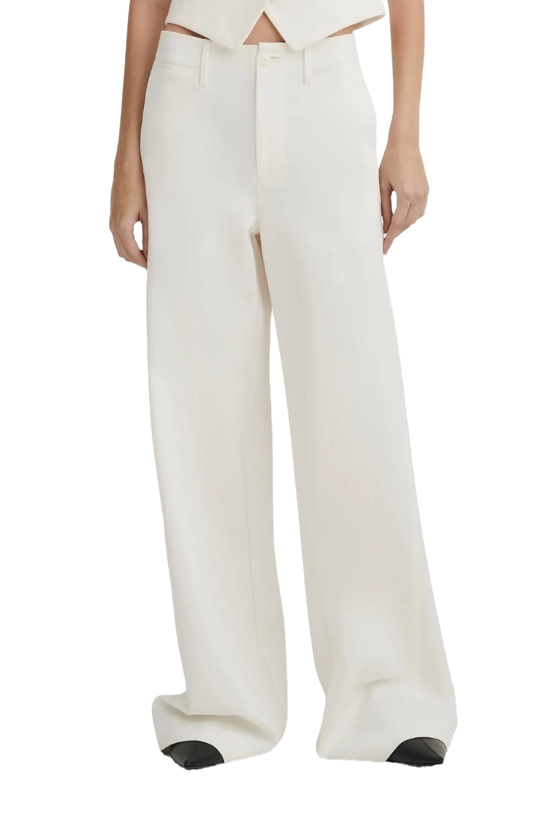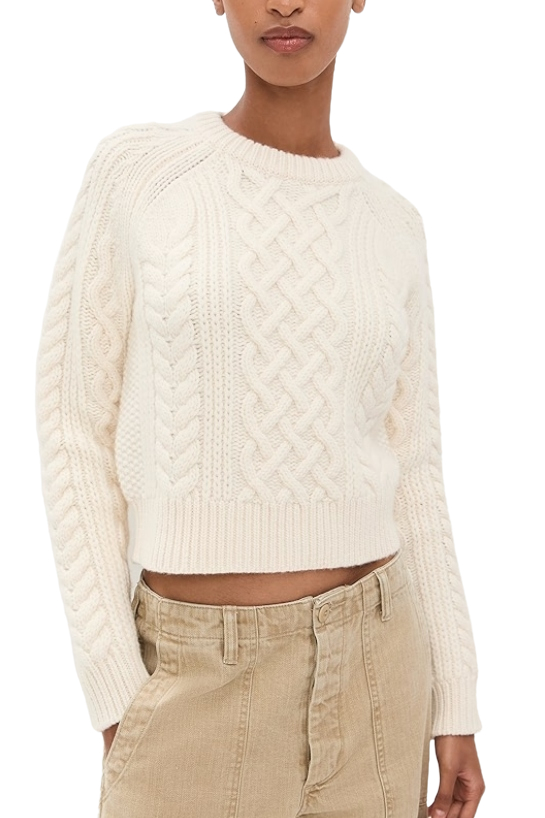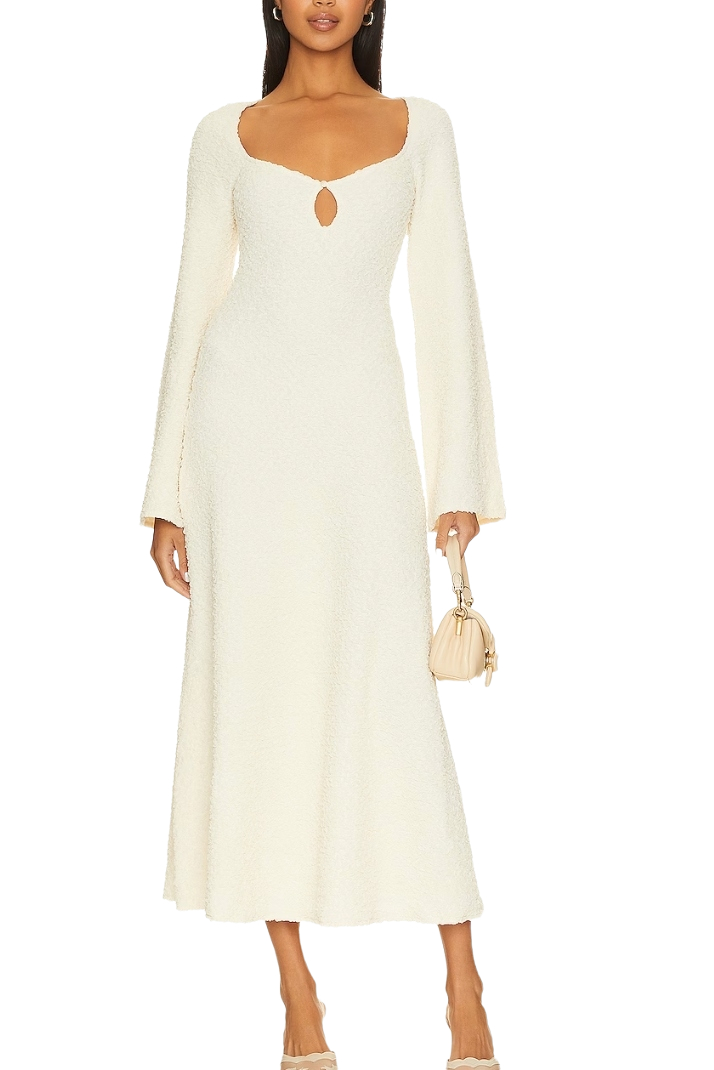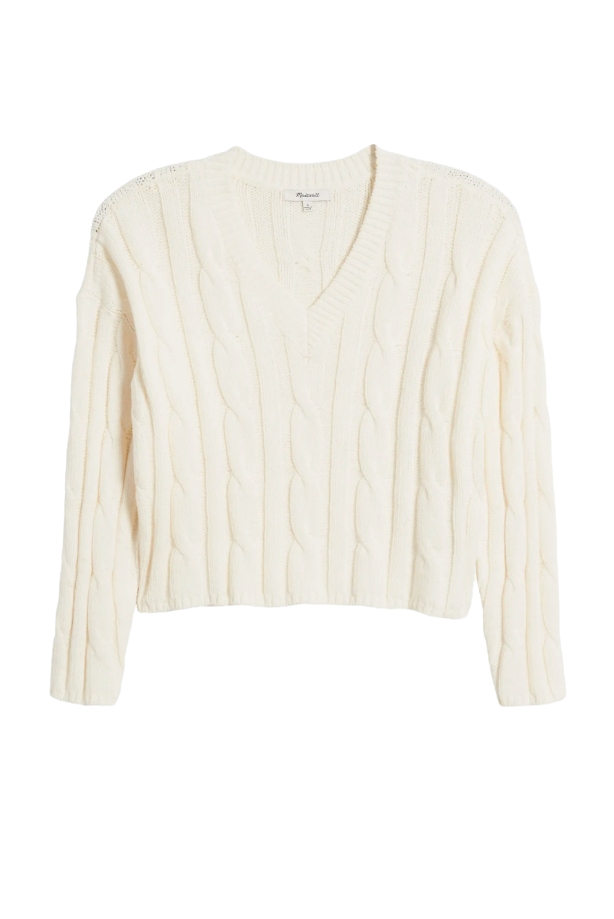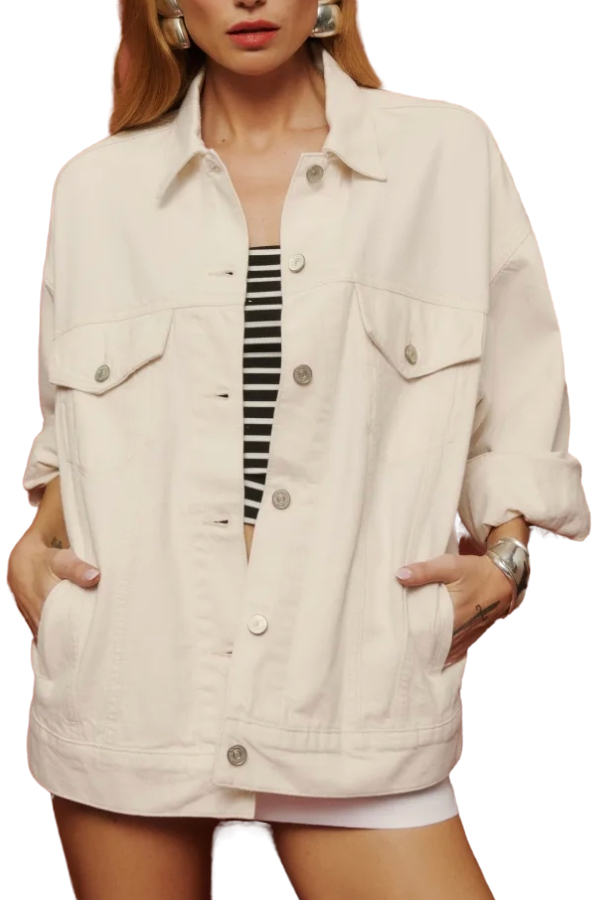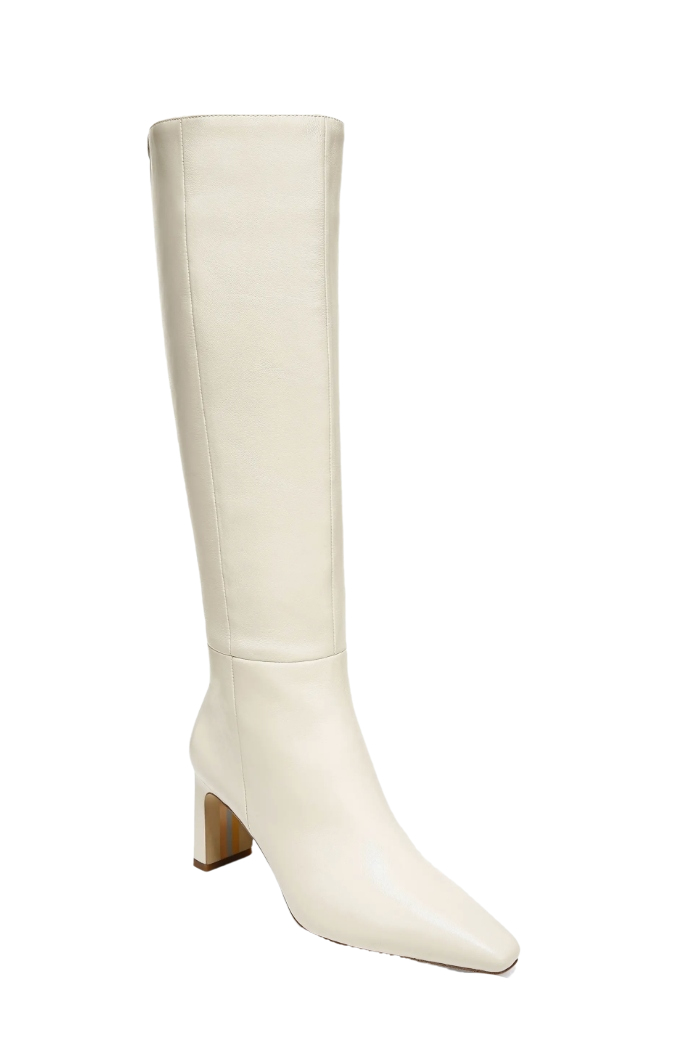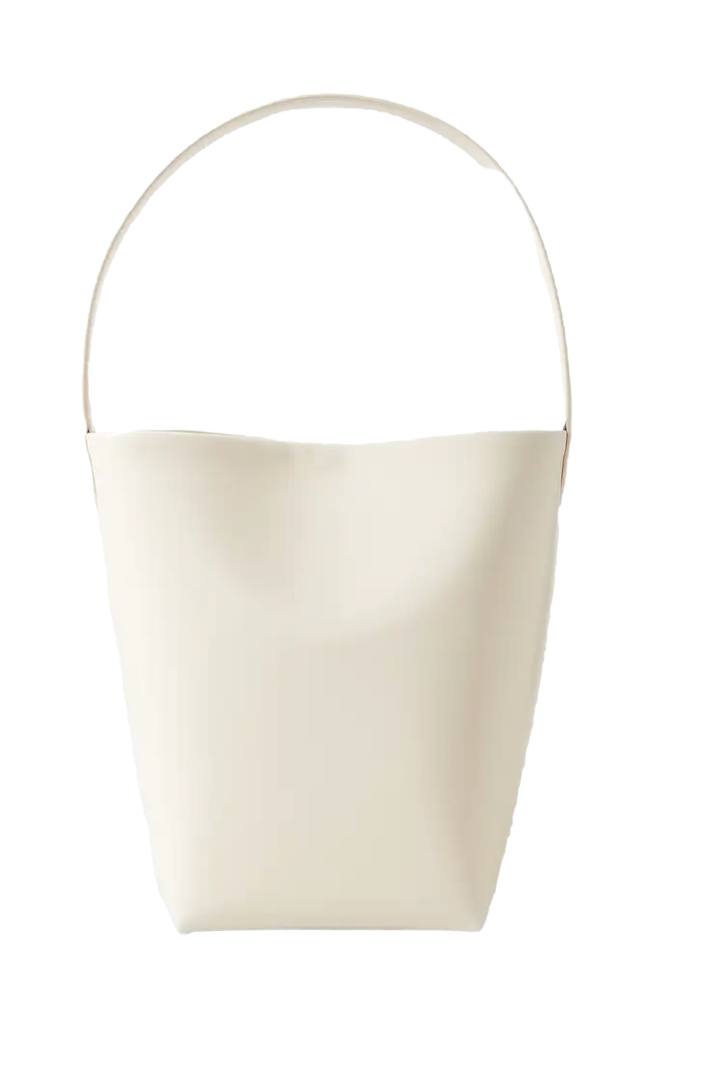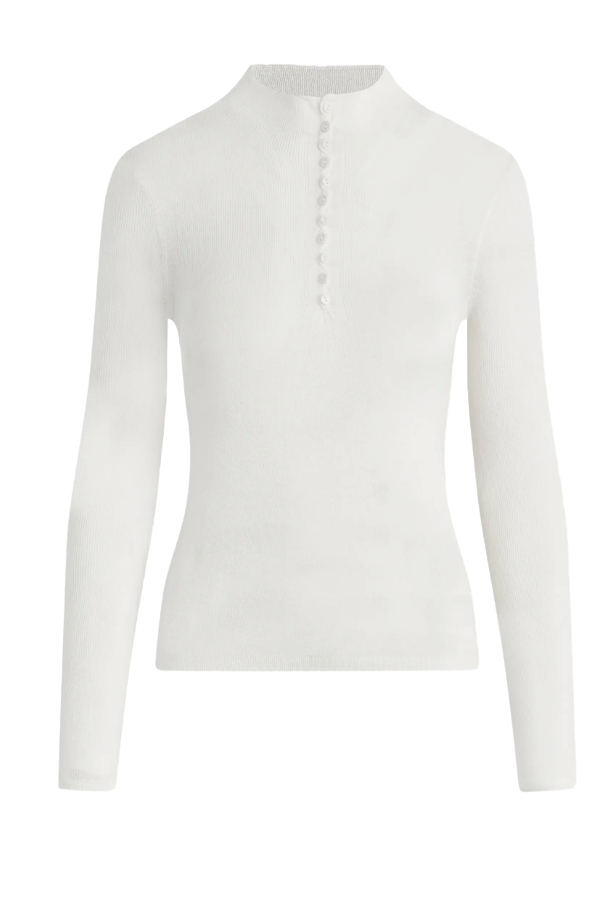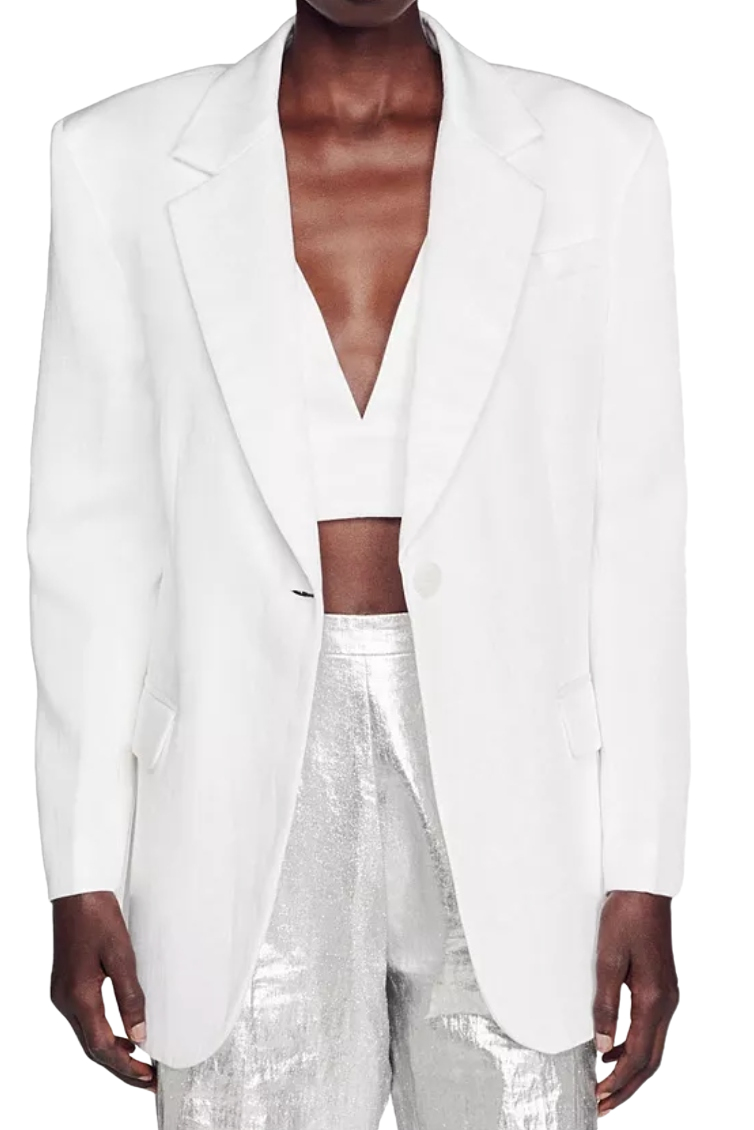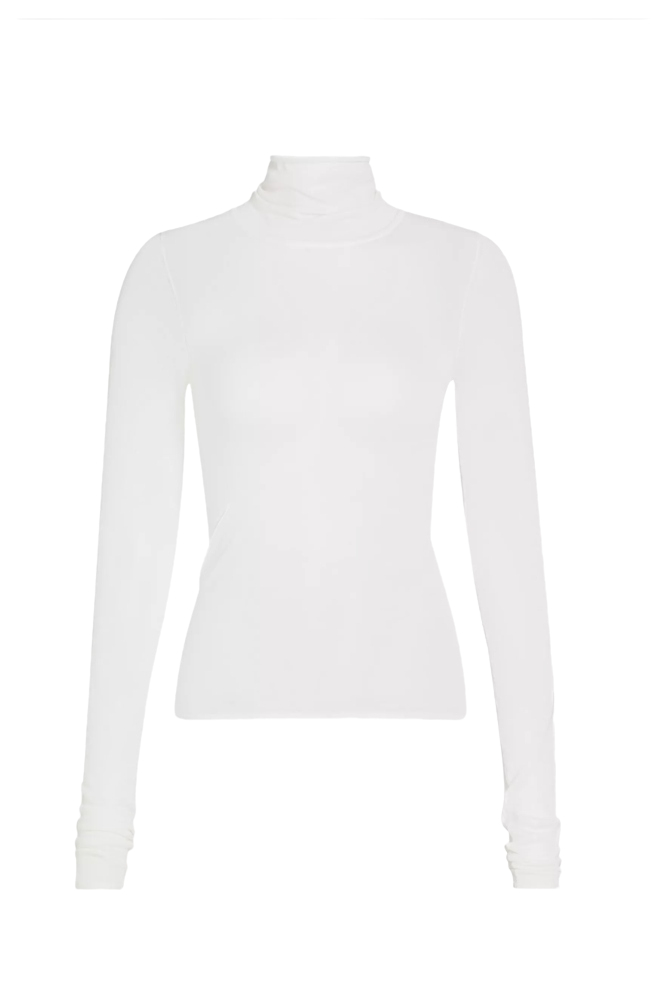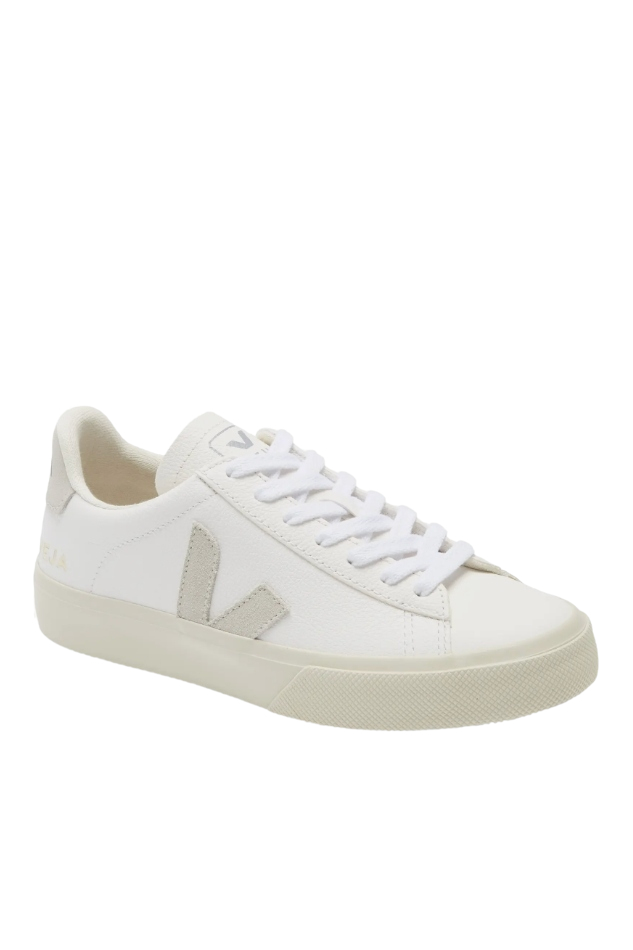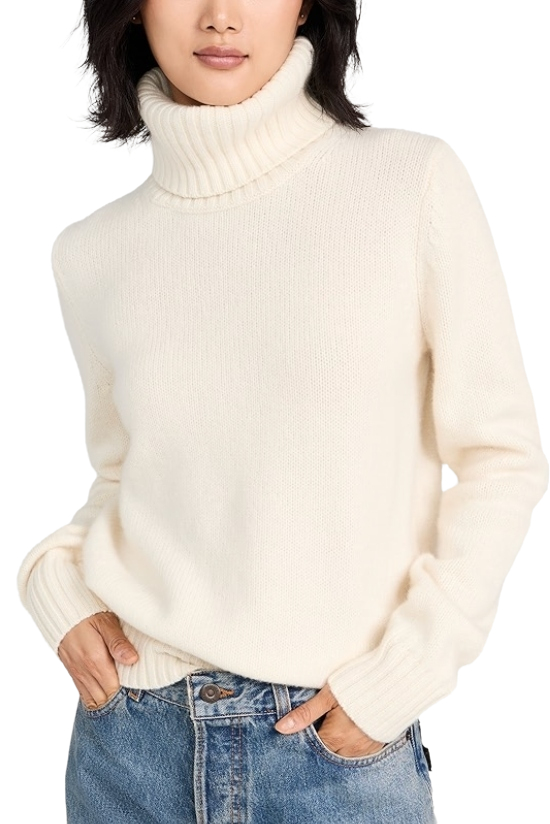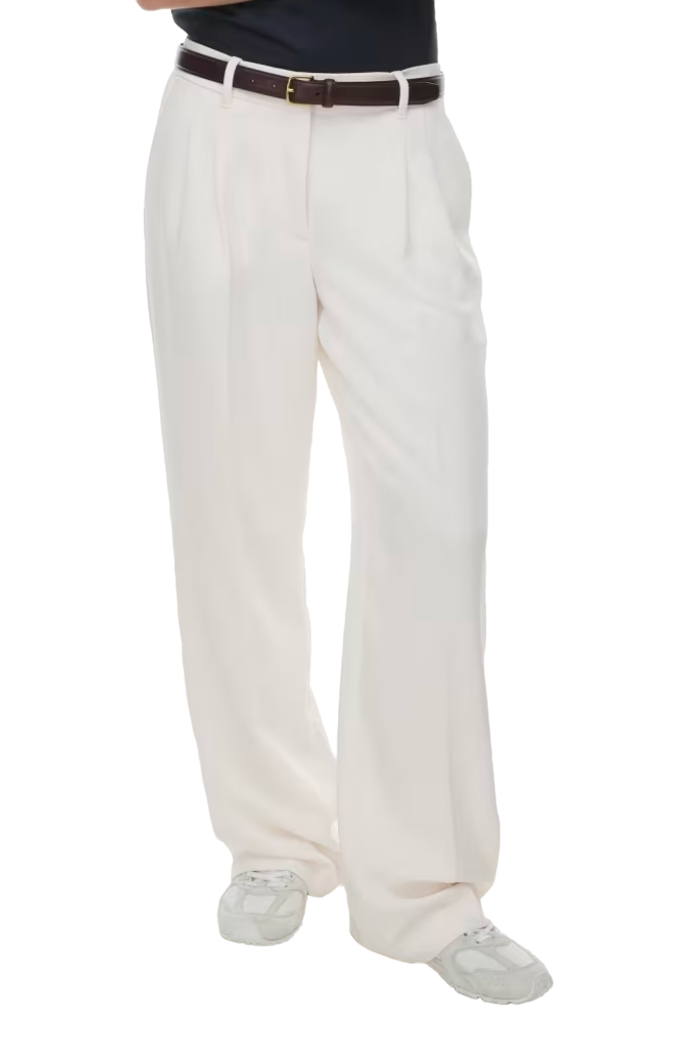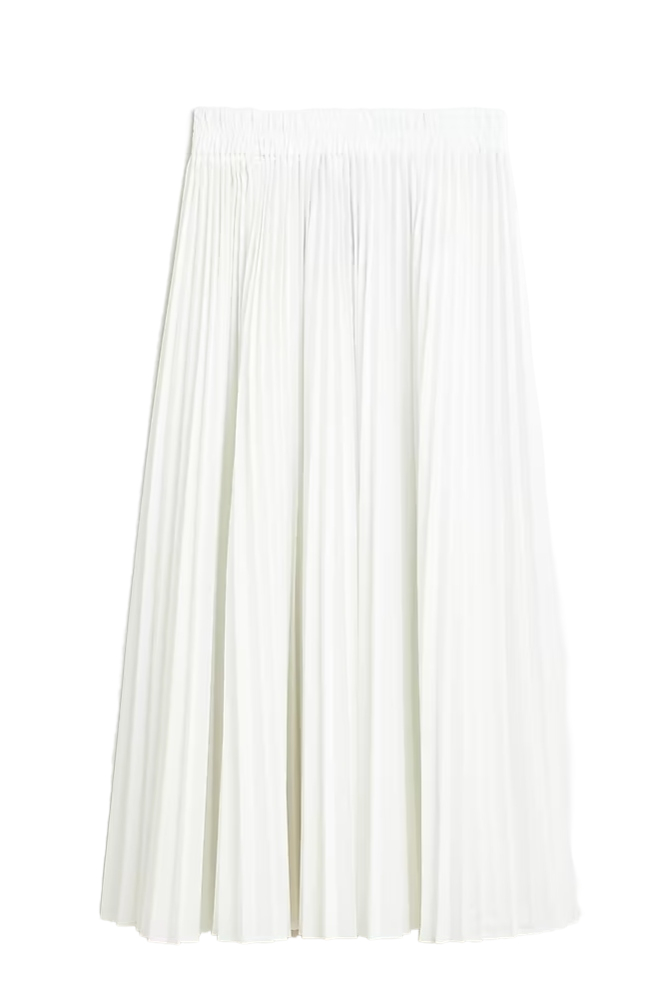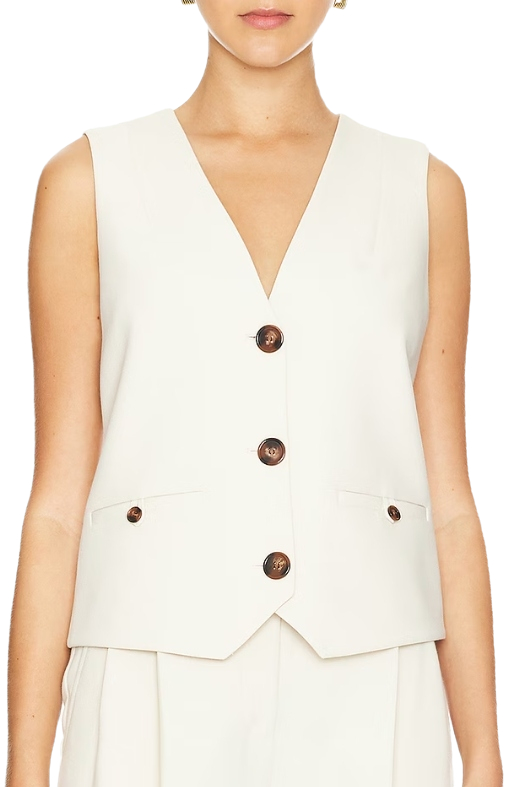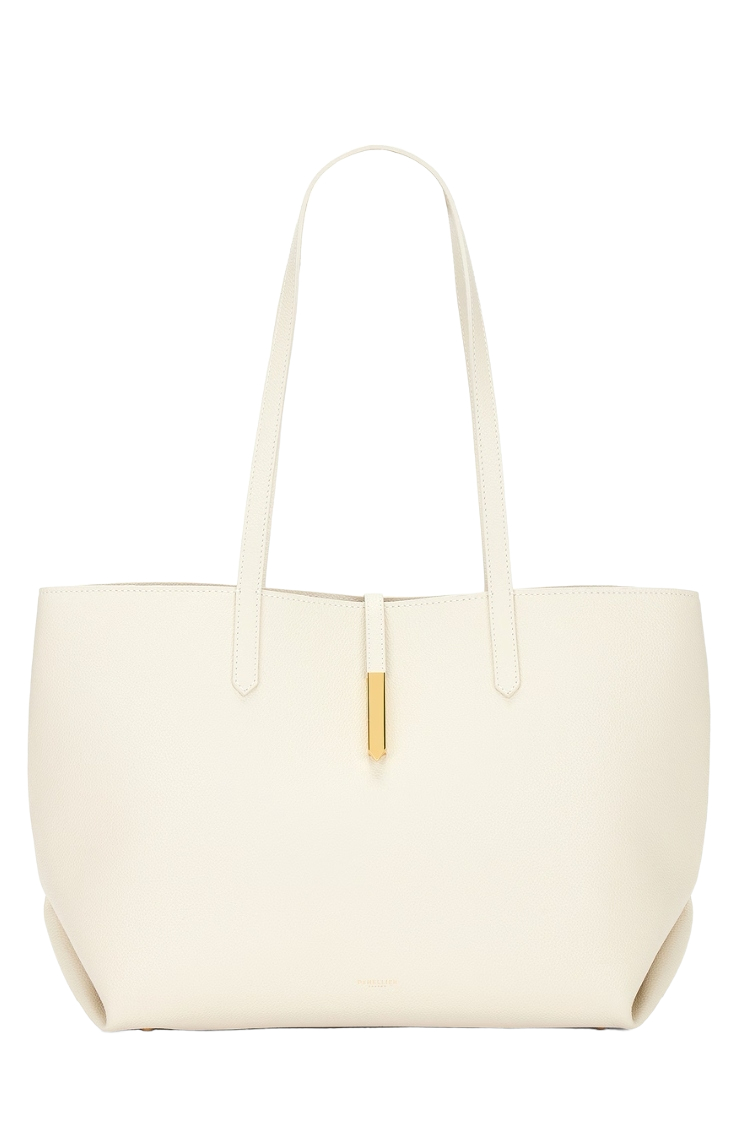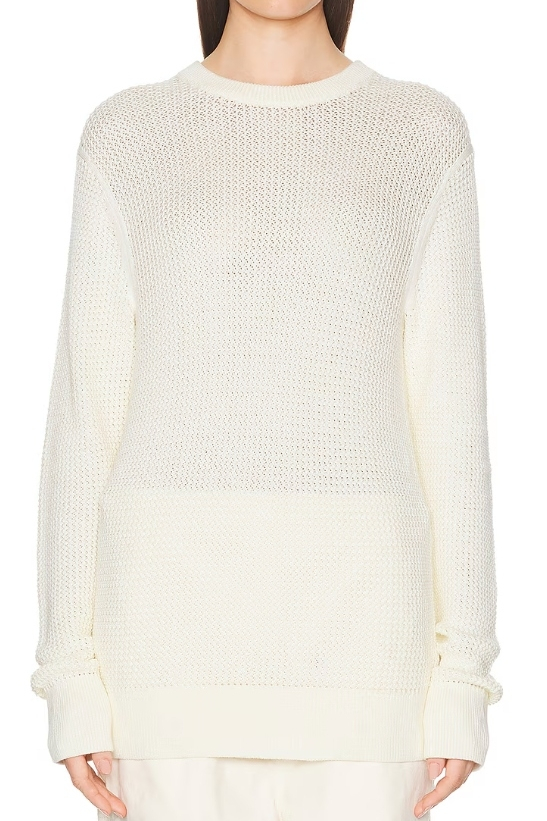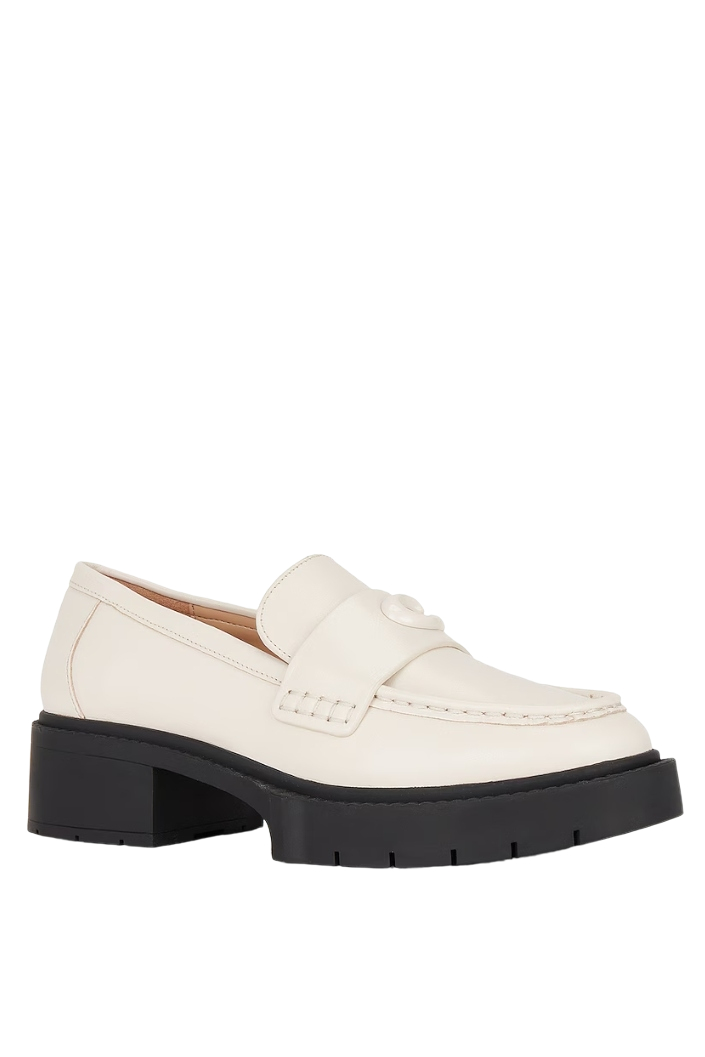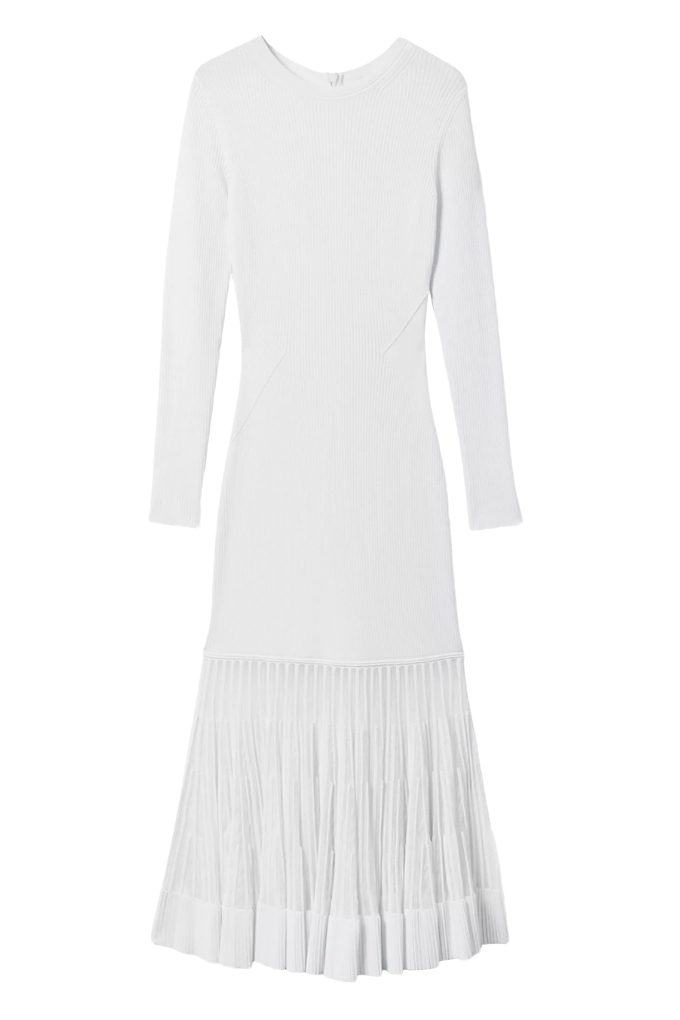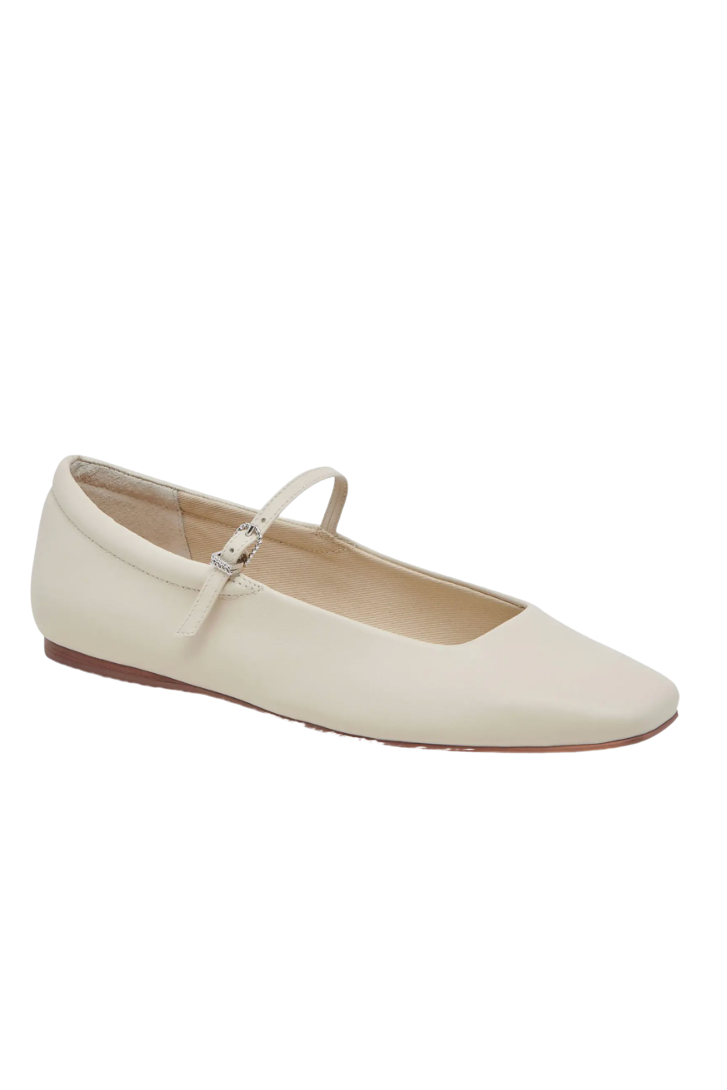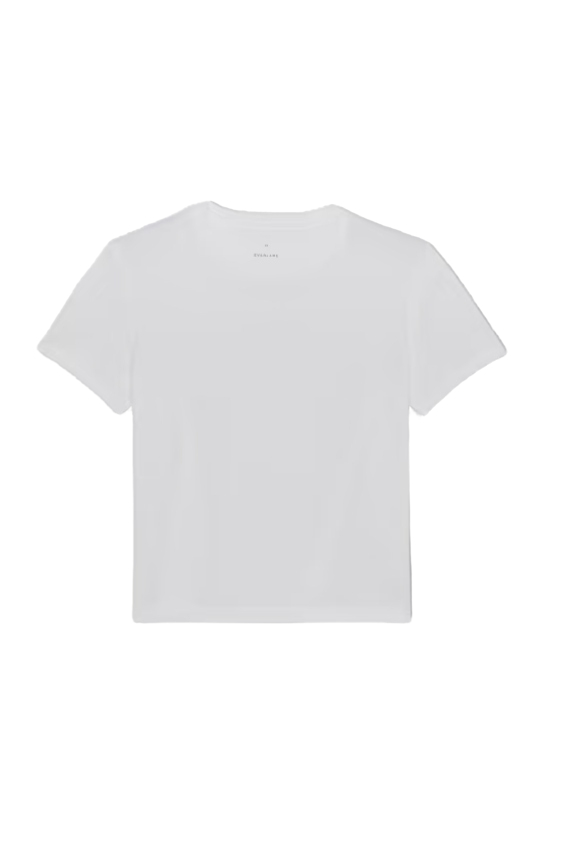Why Wearing White After Labor Day Is Not a Fashion Faux Pas
Here's what you need to know about the outdated rule.

Before you know it, you'll be packing away your summer dresses and chunky sandals to make room for cashmere sweaters and knee-high boots. But there's one fashion category we always hesitate to retire: The all-white outfits and cream-colored pieces we've accumulated over the years. The age-old question—"Can I wear white after Labor Day?"—has long haunted fashion lovers everywhere. Many people have feared wearing their favorite white pieces during September and beyond in line with the "no white after Labor Day" rule—but is this necessary? Can you wear white after Labor Day without committing a fashion crime?
The short answer: Yes. In fact, the story behind this arbitrary post-Labor Day dress code is not only unconvincing but incredibly classist. Read on to learn why you should give your white jeans a chance to bask in the autumn sun.
The History Behind the "White After Labor Day" Rule
Some believe that the "white after Labor Day rule" is inherently linked to classism. During the late 19th century, society ladies were engaged in an invisible battle with the nouveau riche, a term used to describe people who'd recently become rich rather than having benefitted from generations of wealth. One of the subtle jabs that the old money crowd used to distinguish themselves from the nouveau riche was to make wearing white after Labor Day a fashion faux pas.

Coco Chanel in 1969, sticking it to those 19th-century mean girls.
Others believe that the rule is more so related to the "vacation theory." After Labor Day became a federal holiday in 1894, it came to symbolically mark the end of summer. Around this time, vacationers packed away their breezy white dresses and linen button-down shirts in favor of darker-hued clothing, like navy suits and gray sweaters.
But regardless of how this subjective rule really came about, no modern fashion enthusiast should feel the need to follow it. Wear whatever color you want! Life is too short―and fashion is too fun―to care about what other people think.
Shop the Best White Clothes and Accessories to Wear After Labor Day
Get exclusive access to fashion and beauty trends, hot-off-the-press celebrity news, and more.
Marie Claire is committed to celebrating the richness and scope of women's lives. We're known for our award-winning features, thoughtful essays and op-eds, deep commitment to sustainable fashion, and buzzy interviews and reviews. Reaching millions of women every month, MarieClaire.com is an internationally recognized destination for celebrity news, fashion trends, beauty recommendations, and renowned investigative packages.
